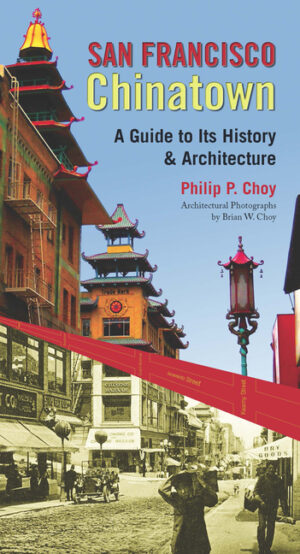Philip P. Choy

Philip P. Choy was born in 1926 in San Francisco Chinatown at a time when an invisible boundary isolated the community from mainstream San Francisco. He lived on the N.W. corner of Pacific and Grant Ave. where his father co-owned a meat market that catered not only to the Chinese in the community but to the neighboring Italian housewives in North Beach.
Like all Chinese children, he attended public school and after school attended Chinese school from 5 p.m. to 8 p.m. He went to the University of California under the G.I. Bill and graduated with a degree in Architecture.
He is a retired architect and a renowned historian on the history of Chinese America. In the midst of the civil rights movement, Philip P. Choy and his colleague Him Mark Lai co-taught the Nation's first college-level course in Chinese American history at San Francisco State University. Since then he has created and consulted on numerous T.V. documentaries, exhibits and publications, including the Gaam Saan Haak–The Chinese of America in 1974. He co-authored The Coming Man: 19th Century American Perceptions of the Chinese with Professors Marlon Hom and Lorraine Dong. His most recent book is Canton Footprints: Sacramento's Chinese Legacy.
His community services include providing pro-bono architectural services to non-profit organizations such as the Chinese for Affirmative Action, the former Chinese YWCA, the Oroville Temple, and in 1943 produced the case report that placed the Angel Island Immigration Station on the National Registry of Historic Places. He has served on the California State Historic Resource Commission, on the San Francisco Landmark Advisory Board, five times as President of the Chinese Historical Society of America (CHSA), and currently an emeritus CHSA board member.
Among his awards of recognition is the prestigious San Francisco State University President's Medal.
-
 Philip P. Choy Original price was: $16.95.$11.87Current price is: $11.87. Add to cart
Philip P. Choy Original price was: $16.95.$11.87Current price is: $11.87. Add to cartSan Francisco Chinatown: A Guide to Its History and Architecture
